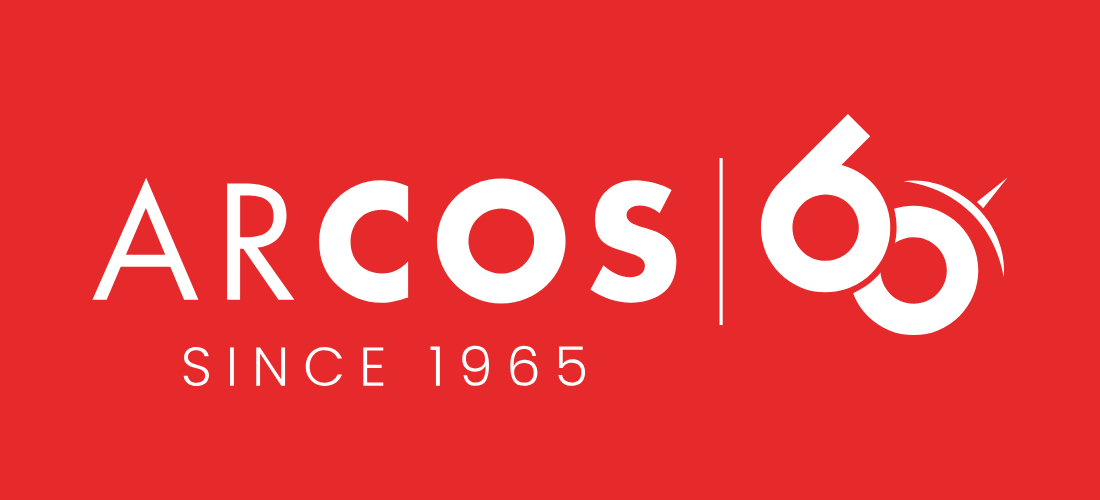There are many areas that need fast, accurate and safe systems to effectively remove welds from their parts before performing other finishing operations. This is why robotic systems are the most suitable solution to meet even the most stringent requirements. For each process, in fact, a multitude of factors must be evaluated: the number of parts to be machined, the geometry of the parts, the size of the parts, and the production timelines to be met. How to take all this into account, automatically? New technologies not only allow for an approach that takes this into account, but also demonstrate increasing versatility.
Let’s see how they work through an application designed by Arcos, in collaboration with partner Tecnorobot, for a client company that manufactures electrical cabinets.
Table of Contents
The starting characteristics and needs of the company
The robotic system required had to be able to perform weld removal and part grinding within a single process.
The company is a manufacturer of electrical cabinets of various sizes – from the smallest of 400×400 to the largest of 1200×1600 – and has Just in Time production, so only what is needed is produced by following demand and avoiding unnecessary waste.
From this information, we understand how within the system cabinets of various sizes alternate in an alternating and non-predictable way: inside the roller conveyor may slide a small box and follow, immediately after, a large one. How to handle this variable? The provided cell is designed to be very flexible.
How does the system figure out what type of piece is coming?
Through a dense, fast and functional passage of information. The system communicates with a Tecnorobot-supplied system, which in turn communicates with the benders, then with the warehouses and with the customer’s management system that routes orders. Like a chain, everything adapts based on the source information that is passed from one point to another, until a final safety check is made before processing the part.
Let’s go into the details of this advanced system
For this type of system, it is appropriate to have geometric shapes that are not too complicated, mostly square or rectangular, so that they can be communicated and easily understood by the computer. The technology, therefore, knows the geometry of the part but not its size: it is thanks to vision systems that we can identify the size of the cabinet that is incoming.
An initial laser informs of the arrival of the part, which is in fact indexed. From the measurement check, we acquire information that allows us to understand what has arrived: an initial operation is then done to adjust the grip, the distance of the claws according to the size detected. These are universal grippers with a grip ranging from 40 to 120 and adjusted to pick up the part.
The orientation of the piece
At this point, a critical issue that arises may stem from the fact that the sheets are not planar but slightly bent and do not always lie perfectly on a repetitive plane. How to solve this issue?
The sensor takes in reference points to understand how the part is oriented so, having identified the position, the robot can start to carry out the processing: during the first operation the welds are removed eliminating the excess material, then the grinding phase begins where axially compensated flap discs allow to process even the high areas of the cabinet, where there are edges. Having removed the main weld at the cabinet corners – again using vertical grinding units – the removal of excess material is done. Finally, the robot unloads the part onto a roller conveyor and resumes the process with other parts.
When the laser control sees that the object does not match the dimensions received as information, it is rescheduled (off set).
The study of these systems
For the specific needs of the company in question, twin plants were developed that work in parallel rather than in series. Thus, there are two robots of their own that allow production cadence to be met: working in parallel allows the same operations to be done independently, pandering to the company’s production.
For every need, there is the most suitable and beneficial solution
This concrete example allows us to understand how each robotic system responds to very specific logic, which translates into significant benefits for the company. At the level of production, timing, quality and operator well-being. A robotic system designed and provided tailored to a reality makes it possible to solve issues and problems that would be detrimental with any other system. In this case, a system for removing welds was combined with the grinding process, but the custom solutions that can be realized are truly endless. Tell our technical department about your needs and we will figure out how we can help you in a concrete way.
If you would like to see this specific case study in action, please contact us: our Team will send you the high-definition video with the various steps described here, and more.


